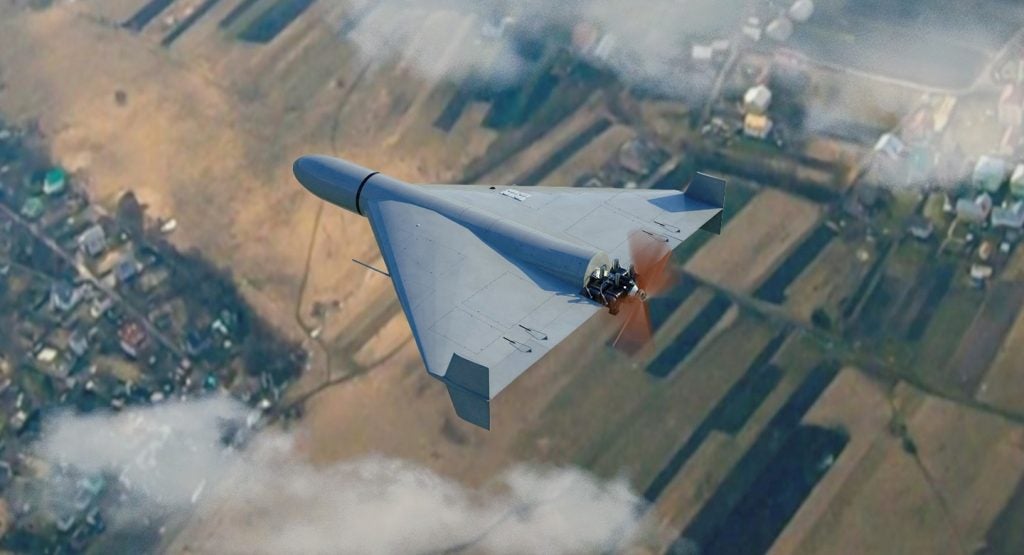The Southwest Research Institute (SwRI) is currently developing new technologies for depositing thin film coatings as part of a contract awarded by the US Defense Advanced Research Projects Agency (DARPA).
Valued at $1.5m, the three-year contract has been awarded as part of the agency’s Local Control of Materials Synthesis (LoCo) programme, which seeks development of new, low-temperature deposition processes and coating-substrate pairings to enhance surface properties of materials used in several defence technologies, including rotor blades, infrared missile domes and photovoltaics.
SwRI Materials engineering department senior research scientist and DARPA project manager Dr Vicky Poenitzsch said the organisation will draw on its expertise in development of novel plasma technologies and thin-film deposition processes for production of the thin-film deposition process component of reactant flux.
”We are developing a novel plasma technology, named high power impulse plasma source or HiPIPS, that will provide a high flux of reactive species to a surface while maintaining an overall low deposition temperature,” Poenitzsch said.
During the first year, the company will conduct a proof-of-concept demonstration of its HiPIPS plasma source to address the reactant flux component metrics, and will follow up with its integration with other performer teams’ technologies for surface reactivity and mobility during the second year.
The third year will involve deposition of a challenge film on a substrate and a DARPA-selected challenge film on a US Department of Defense (DoD) component, according to Poenitzsch.
How well do you really know your competitors?
Access the most comprehensive Company Profiles on the market, powered by GlobalData. Save hours of research. Gain competitive edge.

Thank you!
Your download email will arrive shortly
Not ready to buy yet? Download a free sample
We are confident about the unique quality of our Company Profiles. However, we want you to make the most beneficial decision for your business, so we offer a free sample that you can download by submitting the below form
By GlobalDataThe LoCo programme specifically aims to reduce dependence on high-thermal energy input through examination of thin-film deposition processes at the molecular component level in reactant flux, surface mobility and reaction energy domains.
Several existing high-temperature deposition processes are deemed unsuitable for use on military vehicles and other equipment as they exceed the temperature limit of the material.








